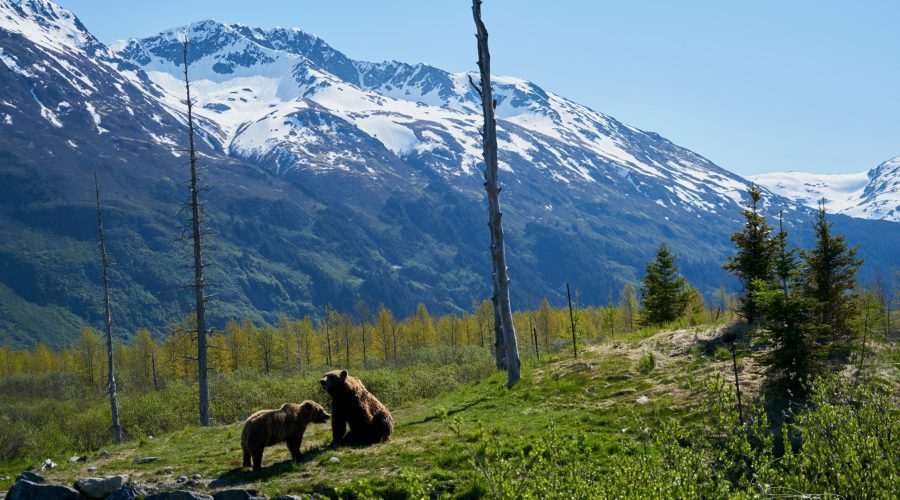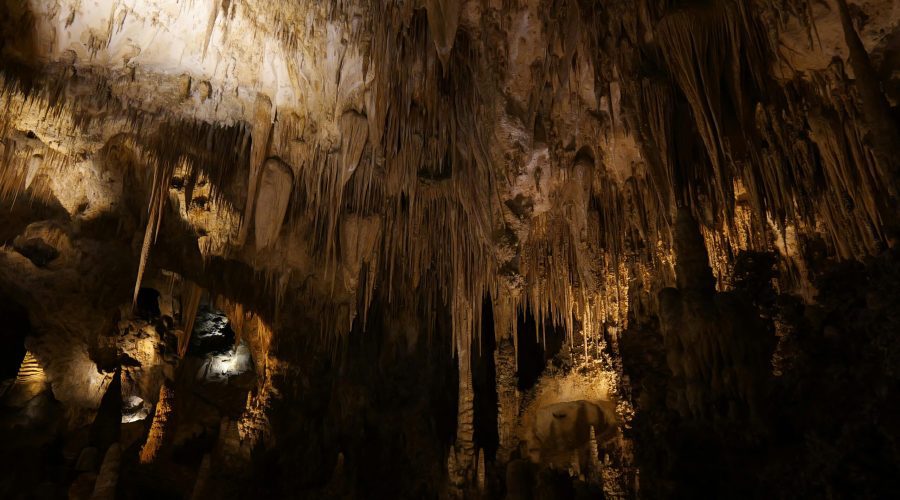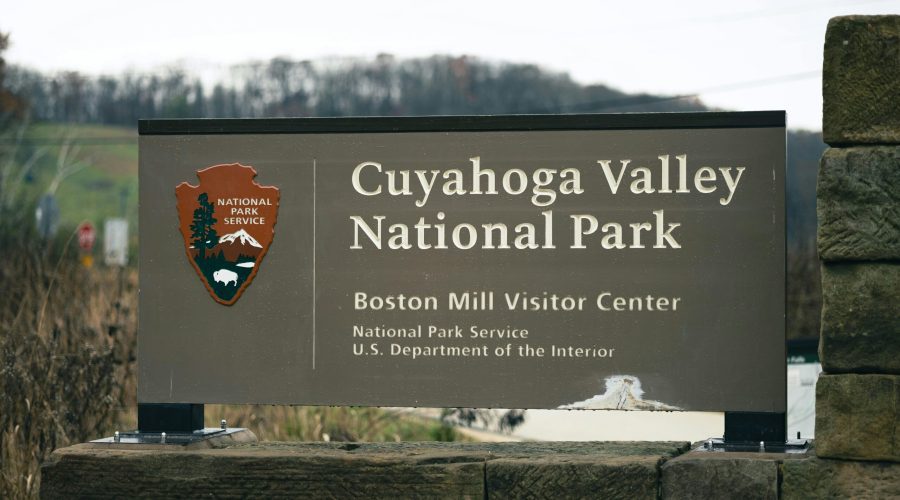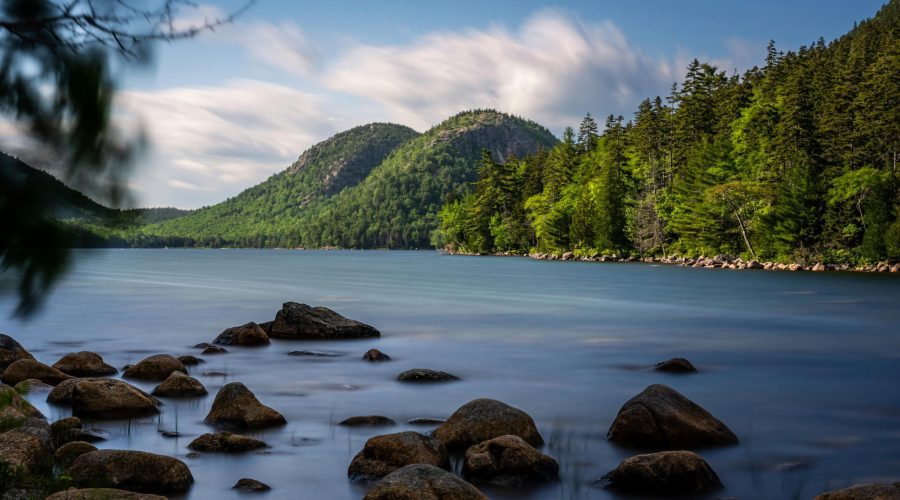![]()
Planning to visit every U.S. national park? It’s one of the most rewarding, challenging travel goals out there. With 63 national parks spread across the country — from tropical islands to Arctic tundra — the key to making it work is smart routing. This guide breaks down the best routes to visit U.S. national parks by region, whether you’re taking weekend trips, planning a long road trip, or going all in on a gap year adventure. We’ll cover travel timing, park groupings, and trip planning tips to help you hit as many parks as possible without burning out or blowing your budget. If you want to make it a true adventure, consider planning to visit all us national parks and see the beauty of each one!
To truly appreciate the majesty of these natural wonders, many travelers aim to visit all US national parks as part of their adventure. By doing so, you not only broaden your horizons but also connect with the unique ecosystems that each park offers.
The journey to visit all US national parks is not just about ticking boxes; it’s about creating unforgettable memories and appreciating the diverse beauty of nature. With careful planning, an open mind, and a spirit for adventure, you can truly explore and enjoy the wonders that these parks have to offer. So gear up, plan your route, and get ready to visit all us national parks!
As you plan your route, consider the seasonality of each park. Summer may be ideal for parks like Acadia or Glacier, but shoulder seasons can offer fewer crowds and a different perspective on the park’s beauty. For instance, visiting the Grand Canyon in spring might reward you with vibrant wildflower blooms. Additionally, autumn brings a stunning array of colors that can elevate your photographs and overall experience.
Let’s delve deeper into the thrill of visiting national parks, exploring what makes each park unique and how to make the most of your visit. Each park offers distinctive landscapes, wildlife, and recreational activities. For instance, in Yellowstone, you can witness the stunning eruption of Old Faithful, while in the Great Smoky Mountains, you can experience the rich biodiversity through its extensive hiking trails. Adding personal anecdotes and experiences can also enrich your travel stories and inspire others to embark on similar adventures.
Food is another critical aspect of your adventure. While many parks have dining options, packing your own meals or snacks can enhance your experience, especially during long hikes. Try packing a picnic to enjoy at scenic viewpoints or during a restful break amidst your explorations. Local markets often offer unique snacks that you can try, adding a local flavor to your journey.
Consider the amenities each park provides. Some parks are equipped with visitor centers where you can gather maps and tips, while others might have camping facilities, which require reservations in advance. It’s essential to plan ahead to secure the best spots. Familiarizing yourself with park regulations, like leave-no-trace principles, ensures that these beautiful national treasures remain pristine for future generations.
For a more immersive experience, consider joining guided tours at some parks. These tours often provide insightful information about the park’s history and ecology, making your visit more educational and enjoyable. For example, guided night sky tours in parks like Big Bend allow you to marvel at the stars in a way that’s nearly impossible in urban areas. Furthermore, engaging with park rangers can offer a deeper understanding of the park’s significance and conservation efforts.
Western U.S. National Parks (Densest Cluster + Iconic Landscapes)
States: California, Utah, Arizona, Washington, Oregon, Nevada, Colorado
Best Time: Spring through fall (avoid peak heat in desert parks)
Suggested Route:
Start in Seattle – Mount Rainier → North Cascades → Olympic
South through Oregon – Crater Lake
California loop – Redwood → Lassen Volcanic → Yosemite → Sequoia & Kings Canyon → Death Valley → Channel Islands
Desert run – Joshua Tree → Grand Canyon → Petrified Forest
Utah’s Big 5 – Zion → Bryce Canyon → Capitol Reef → Canyonlands → Arches
Wrap in Colorado – Mesa Verde → Black Canyon → Great Sand Dunes → Rocky Mountain
Trip Tip: Rent a campervan (check out sites like Escape Campervans or Outdoorsy). Having your bed, kitchen, and storage with you saves on lodging and adds flexibility.

Alaska & Pacific Parks (Remote + Expensive, Plan Separately)
States & Territories: Alaska, Hawaii, American Samoa
Best Time: Summer only (May–September)
Groupings:
Alaska Fly-Ins: Gates of the Arctic, Kobuk Valley, Lake Clark, Katmai
Road/Ferry Access: Denali, Kenai Fjords, Wrangell–St. Elias
Hawaii: Volcanoes (Big Island) + Haleakalā (Maui)
American Samoa: Best as a standalone trip using airline points
Trip Tip: Use travel hacking tools (like point.me or AwardHacker) to reduce flight costs. These parks are bucket-list-worthy but pricey.

Southwest + South Central Parks (Desert, Caverns & Hidden Gems)
States: Texas, New Mexico, Arkansas
Best Time: Fall to spring (summer can be brutally hot)
Suggested Route:
Big Bend → Guadalupe Mountains → Carlsbad Caverns → White Sands → Hot Springs
Trip Tip: Start in El Paso and road trip your way east. These parks are less crowded but no less stunning.

Southeast & Florida Parks (Subtropical, Lush & Seasonal)
States: Florida, South Carolina, North Carolina, Kentucky, Virgin Islands
Best Time: Winter through spring
Suggested Route:
Dry Tortugas (boat/seaplane only) → Everglades → Biscayne → Congaree → Great Smoky Mountains → Mammoth Cave → Virgin Islands NP
Trip Tip: South Florida parks are great to combine over 4–5 days. Book the Dry Tortugas ferry well in advance.

Midwest National Parks (Underrated + Easy to Reach)
States: Minnesota, Michigan, Indiana, Ohio, Missouri
Suggested Route:
Isle Royale → Voyageurs → Indiana Dunes → Cuyahoga Valley → Gateway Arch
Trip Tip: Some of these parks are best visited in late spring through early fall due to ferry schedules (especially Isle Royale).

Northeast Parks (Short List, High Reward)
States: Maine
Suggested Park: Acadia National Park
Trip Tip: Time your visit for mid-September to early October for perfect weather and fall foliage.

Want to make packing even easier?
I put together a free, printable *In-Flight Packing Checklist* so you don’t forget the essentials. It’s everything I personally bring on long-haul flights, all in one quick reference sheet. Print it out or save it on your phone—your future tired-traveling self will thank you.
